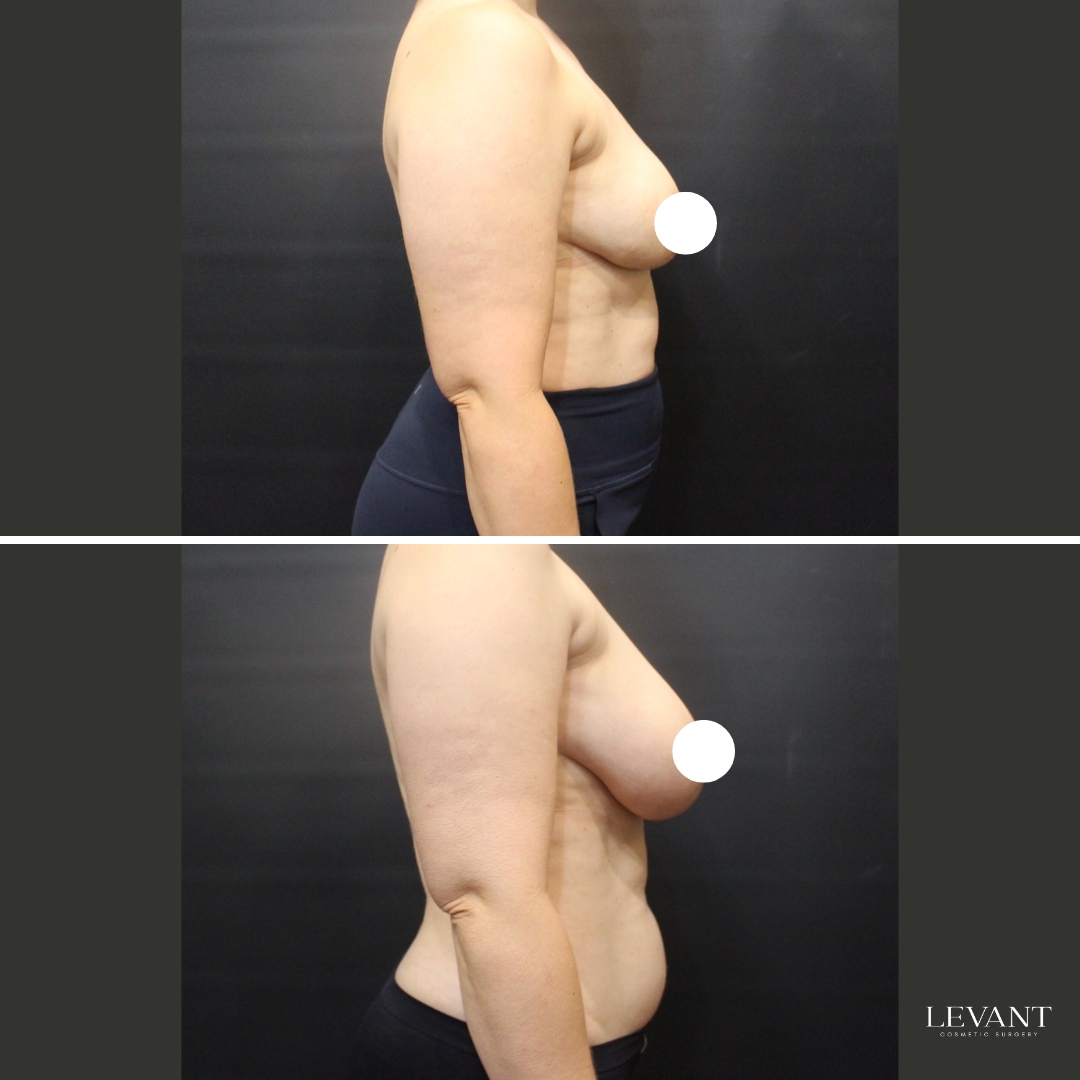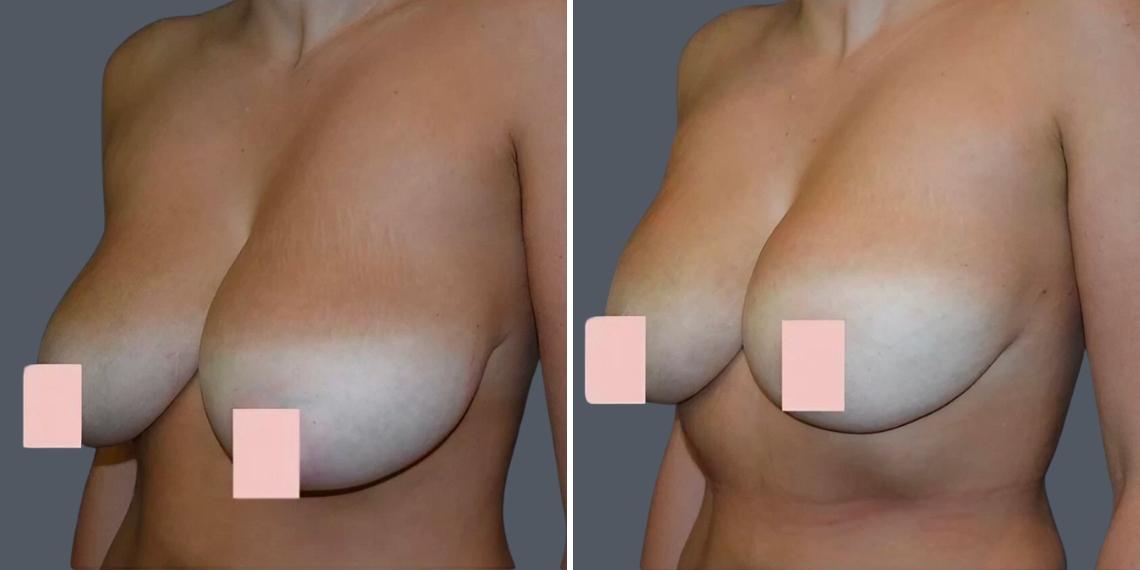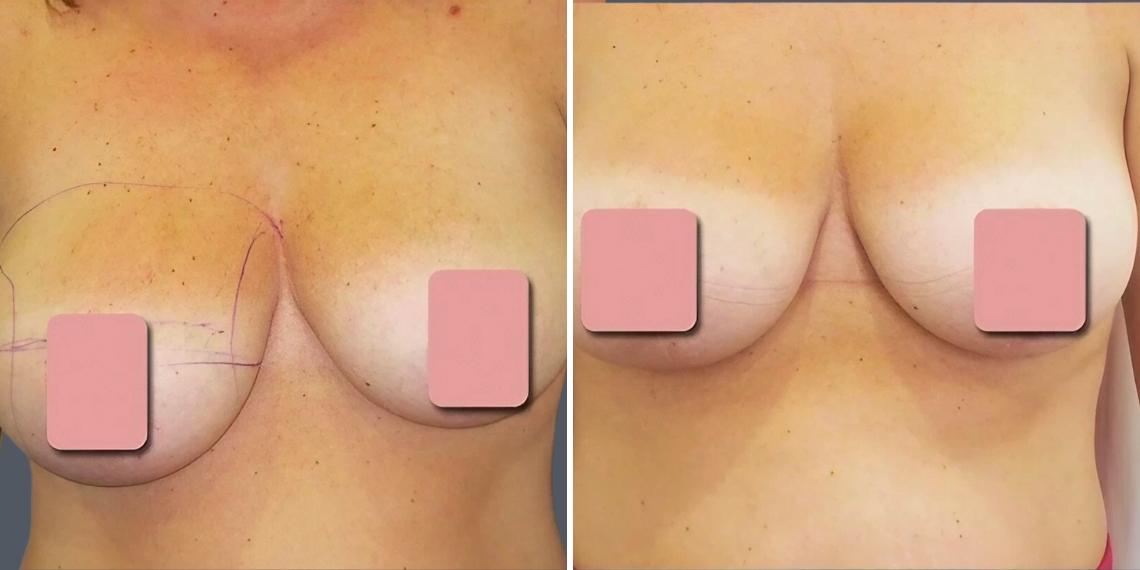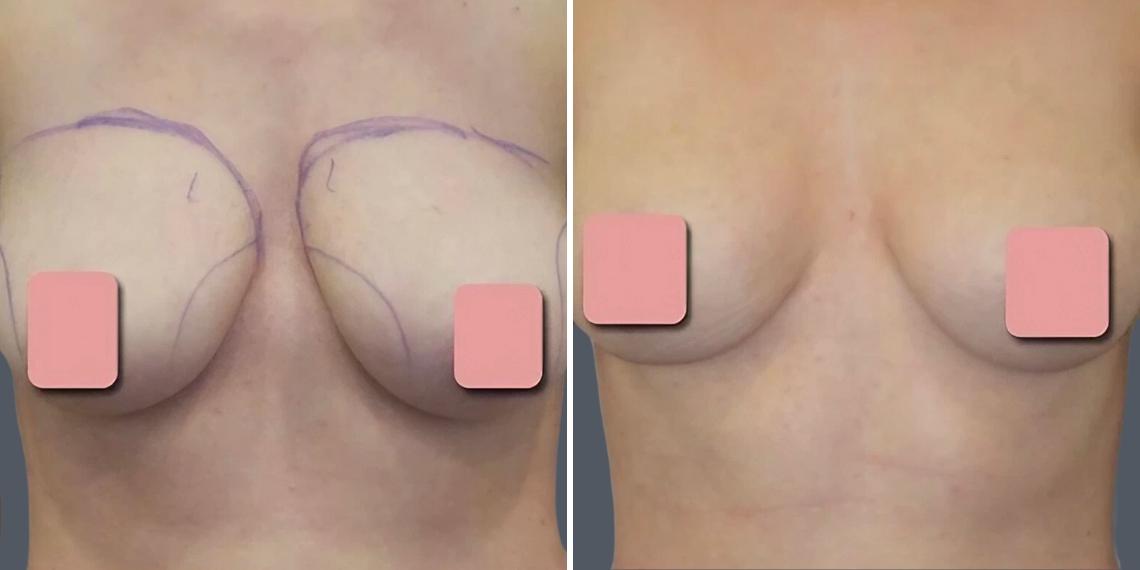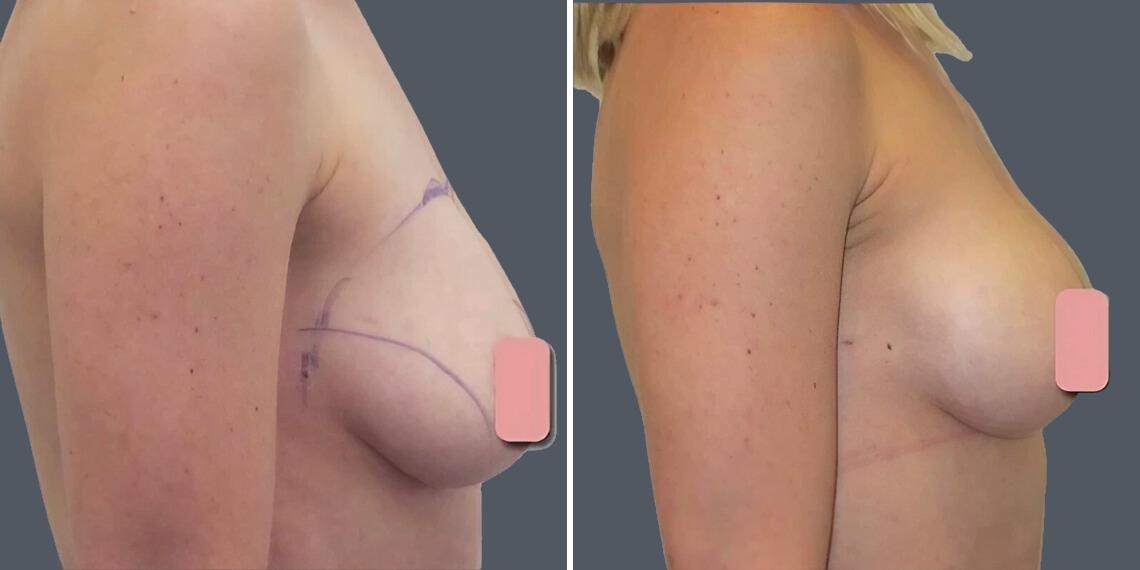Consultation
This initial meeting with your doctor is crucial to discuss your medical history, current health status, and specific objectives for the breast reduction surgery, as well as the most suitable type of surgery – breast liposuction alone or reduction mammoplasty – to meet your objectives. The doctor will assess your suitability for the procedure and explain it in detail. This is the time to ask questions and express any concerns you might have.
Pre-Op
Before the procedure, your doctor may recommend medical tests or evaluations to check your general health.
You will be given pre-operative instructions, which may include guidance on fasting, medication use, clothing, and other practical preparations for the day of surgery. It is important to follow these directions carefully, as they are designed to support your care and recovery.
The Procedure
On the day of breast reduction surgery, anaesthesia or sedation is provided as recommended by your doctor. The surgical approach varies depending on the individual. In some cases, liposuction may be used through small incisions around the areola, under the breast, or near the armpit to address fatty tissue.
In other cases, a mammoplasty technique may be recommended, which can involve incisions around the areola or under the breast to remove breast tissue or skin. The surgeon may change the shape of the remaining tissue as part of the procedure. The duration of surgery differs from person to person.
Aftercare & Recovery
After your procedure, you’ll receive comprehensive post-operative advice.
Getting Home
We recommend arranging for a friend or family member to drive you, as you won’t be in a condition to drive yourself. Typically, you’ll be ready to leave the hospital on the day of your surgery.
After-Care
- Your post-surgery care will be directly overseen by your doctor, supported by our dedicated team.
- We provide a 24/7 contact number for any post-surgery questions.
- We ensure your follow-up care is with your doctor, not just nursing staff.
Recovery Timeline
Immediate Post Procedure
You’ll be fitted with a compression garment, which you’ll continue to wear for your recovery period.
You’ll be released into the care of a family member or friend.
Once home, you must rest and take it easy.
First Two Weeks
Some soreness or tenderness is common after surgery. Your doctor can discuss options for pain relief if needed.
Compression garments are typically recommended after the procedure. You will be advised on how long these should be worn.
When normal activities can safely resume varies between individuals. Some people may feel comfortable driving again after a few days, but this depends on personal recovery.
Follow-up appointments are scheduled with your care team to monitor progress.
Return to work and exercise also vary. In some cases, people may be able to return to work after about a week, while more strenuous activity, including exercise, is often delayed for several weeks. Your doctor will provide guidance that is specific to your situation.
Two Weeks & Beyond
Follow-up appointments are arranged as needed to monitor your recovery. The first appointment is usually at the two-week post-op mark.
Compression garments are recommended after surgery, and your practitioner will advise how long to wear them.
A review with your doctor is often scheduled around 6 to 8 weeks after the procedure.
Recovery times vary between individuals. Some people may feel largely recovered after several weeks, while visible changes can continue to settle over several months. Your doctor will discuss what may be expected in your circumstances.
